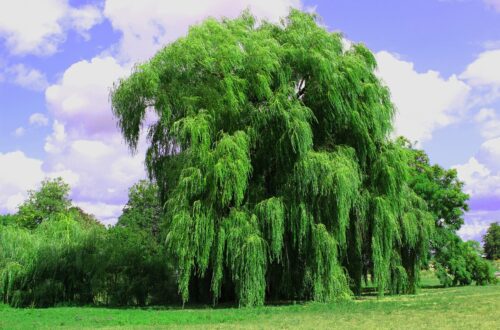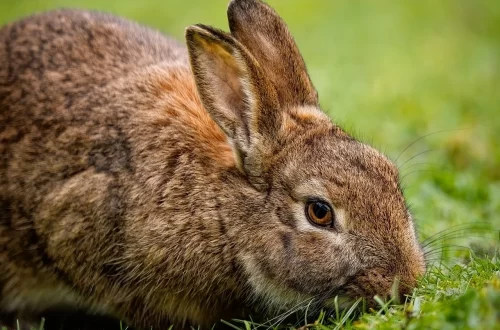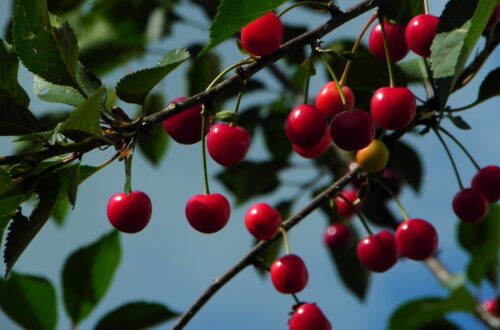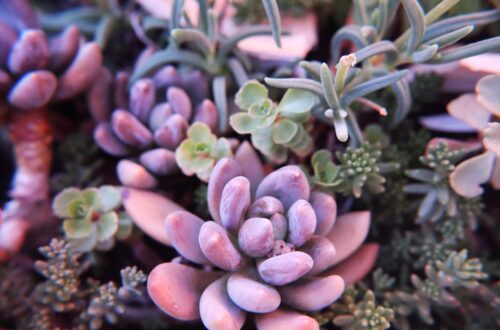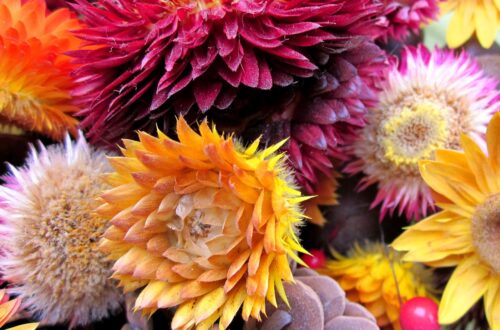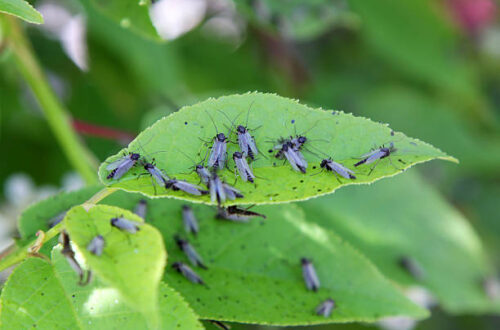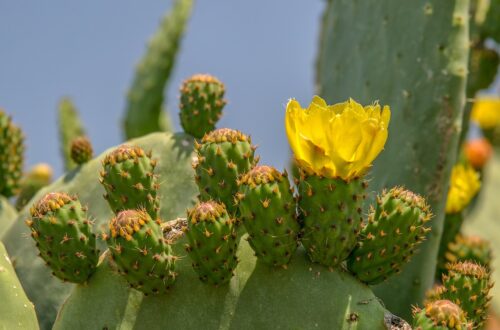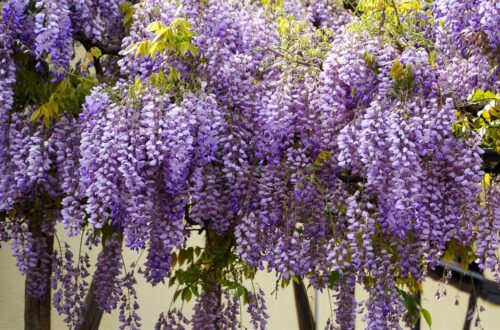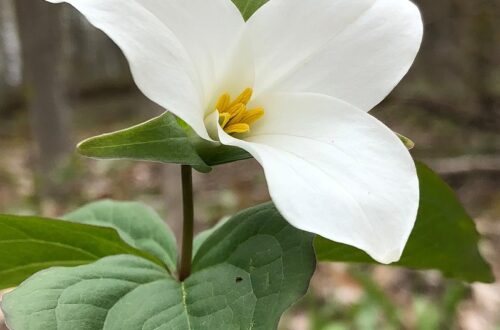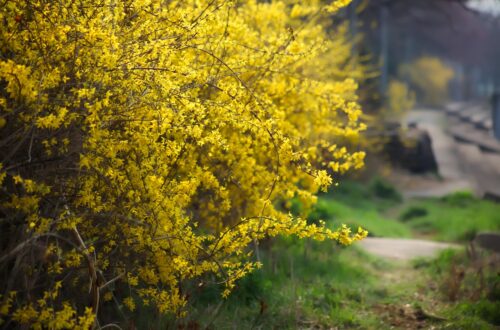-
How to Grow and Care for Tomatillos: A Complete Guide
Are you excited to add a unique and flavorful twist to your garden? Tomatillos, with their tangy flavor and striking husked appearance, are an exciting crop that can elevate your garden to a new level. Whether you’re eager to make homemade salsa verde or simply experiment with something new, growing tomatillos can be incredibly rewarding. Let’s dive into the world of tomatillos and discover how to grow them successfully! Category Details Common Name Tomatillo, Mexican Husk Tomato Botanical Name Physalis philadelphica Family Solanaceae (Nightshade Family) Plant Type Annual fruit-bearing plant Mature Size 2-4 feet tall, 2-3 feet wide Sun Exposure Full sun (6-8 hours of direct sunlight) Soil Type Well-draining,…
-
15 of the Best Cauliflower Companions
Have you ever wondered what plants grow best alongside cauliflower? Companion planting can be a game-changer for your garden, helping improve the growth, health, and flavor of your cauliflower crop. Whether you’re looking to deter pests or boost yields, choosing the right companions is key to cultivating a thriving vegetable patch. Let’s dig into 15 of the best plants to grow with cauliflower! 1. Beans Beans are excellent nitrogen fixers, enriching the soil by converting atmospheric nitrogen into a form plants can use. This boost in nitrogen aids cauliflower in growing lush foliage. Additionally, beans grow upright, making them space-efficient partners in the garden. 2. Beets Beets make a great…
-
12 Reasons Why Apples Drop Prematurely
Have you ever walked through your orchard, excited to see your apple trees bearing fruit, only to find apples on the ground before they’re fully ripe? If so, you’re not alone. Premature apple drop can be frustrating, especially when you’ve put in so much effort. Fortunately, understanding the causes can help you prevent this issue and ensure a bountiful harvest. Let’s uncover the reasons behind premature apple drop and what you can do to keep your apples hanging on until they’re perfectly ripe. 1. Poor Pollination One of the most common reasons apples drop prematurely is poor pollination. If flowers aren’t adequately pollinated, the fruit may form but often falls…
-
Manfreda Undulata ‘Chocolate Chips’ False Agave: Essential Growing Tips for Success
Have you ever come across a plant with wavy, dark green leaves, speckled with unique chocolate-brown spots? If so, you’ve probably encountered the captivating Manfreda undulata ‘Chocolate Chips.’ This striking succulent, also known as False Agave, brings bold texture and visual interest to any garden or container arrangement. Its exotic appearance might make it seem difficult to grow, but in reality, it’s surprisingly low-maintenance once you know its preferences. So, what does it take to grow a thriving Manfreda undulata? Let’s take a deep look at the essential care tips you need to keep this beauty flourishing! Understanding Manfreda Undulata ‘Chocolate Chips’ Before diving into care specifics, it’s essential to…
-
10 Reasons Why Asters Fail to Bloom (And What to Do About It)
Are your asters growing but not producing those beautiful blooms you’ve been waiting for? Asters are beloved for their late-season flowers, adding color to the garden when many other plants have finished flowering. However, they can sometimes be frustratingly finicky when it comes to blooming. Let’s dive into the reasons why asters might fail to bloom and, more importantly, how to fix these issues! 1. Insufficient Sunlight Asters thrive in full sun. Without adequate sunlight, these plants may grow but fail to flower. Ideally, they need at least 6 hours of direct sunlight each day. Solution: If your asters are not receiving enough light, consider relocating them to a sunnier…
-
Manfreda Undulata Guide: Essential Tips for Healthy Growth
Are you fascinated by the beauty of rare, exotic plants? If so, Manfreda undulata, also known as the “Rattlesnake Plant,” might just be the perfect addition to your garden. This unique succulent, with its mesmerizing wavy-edged leaves and striking appearance, is a standout among xeriscape plants. But how can you ensure your Manfreda undulata thrives and grows to its full potential? Let’s dive into some essential tips for healthy growth, covering everything from soil conditions to watering practices. Category Details Common Name Rattlesnake Plant Botanical Name Manfreda undulata Family Asparagaceae Plant Type Succulent Perennial Mature Size 12-18 inches tall, 18-24 inches wide Sun Exposure Full sun to partial shade Soil…
-
Euphorbia Inermis Huttonae Guide: Essential Tips for Healthy Growth
Are you fascinated by unique and striking succulents that add personality to your garden or home? If so, the Euphorbia Inermis Huttonae might be just the plant you’re looking for. This captivating species is a favorite among succulent enthusiasts for its distinctive appearance and relatively easy care needs. In this guide, we’ll walk you through everything you need to know to ensure your Euphorbia Inermis Huttonae thrives and grows beautifully. Category Details Common Name Euphorbia Inermis Huttonae Botanical Name Euphorbia inermis var. huttonae Family Euphorbiaceae Plant Type Succulent, Perennial Mature Size 12-24 inches tall and wide Sun Exposure Full Sun to Partial Shade Soil Type Well-draining, Sandy or Cactus Mix…
-
Snake Plant Care Guide: Essential Tips for Healthy Growth
Have you ever wondered why the Snake Plant, also known as Sansevieria trifasciata, is one of the most popular houseplants? With its striking upright leaves and easy-to-maintain nature, it’s no surprise this plant is beloved by plant enthusiasts. Whether you’re a beginner or an experienced gardener, mastering the care of a Snake Plant is straightforward but rewarding. Let’s walk through the best practices for keeping your Snake Plant healthy, vibrant, and thriving year-round. 1. Choosing the Right Snake Plant Variety Did you know that there are several varieties of Snake Plants? While the most well-known is Sansevieria trifasciata with its tall, sword-like green leaves bordered by yellow stripes, other species…
-
How to Grow and Care for Tatarian Aster
Have you ever wanted to add a burst of vibrant purple to your garden in the late fall when most plants are fading away? The Tatarian Aster might be just the plant for you! This hardy perennial brings a pop of color when most blooms have finished for the season. With its striking purple flowers and ability to attract pollinators, Tatarian Aster is an excellent addition to any garden. Let’s get into the details of growing and caring for this beautiful plant. What is Tatarian Aster? Tatarian Aster (Aster tataricus) is a tall, upright perennial that belongs to the Asteraceae family. Native to parts of Asia, it thrives in various…
-
How to Grow and Care for Swan River Daisies
Swan River daisies are the perfect choice for gardeners looking to add vibrant hues to their landscape. These delicate, daisy-like flowers, native to Australia, bloom in shades of blue, purple, pink, and white, creating a stunning visual display. Whether you’re a seasoned gardener or a beginner, growing Swan River daisies is a rewarding experience. With their easy care requirements and cheerful blossoms, they make an excellent addition to flower beds, borders, and containers. Ready to learn how to cultivate and care for these charming blooms? Category Details Common Name Swan River Daisy Botanical Name Brachyscome iberidifolia Family Asteraceae (Daisy family) Plant Type Annual or perennial (in mild climates) Mature Size…

